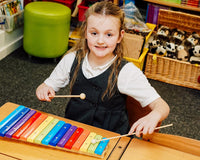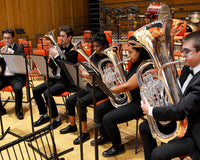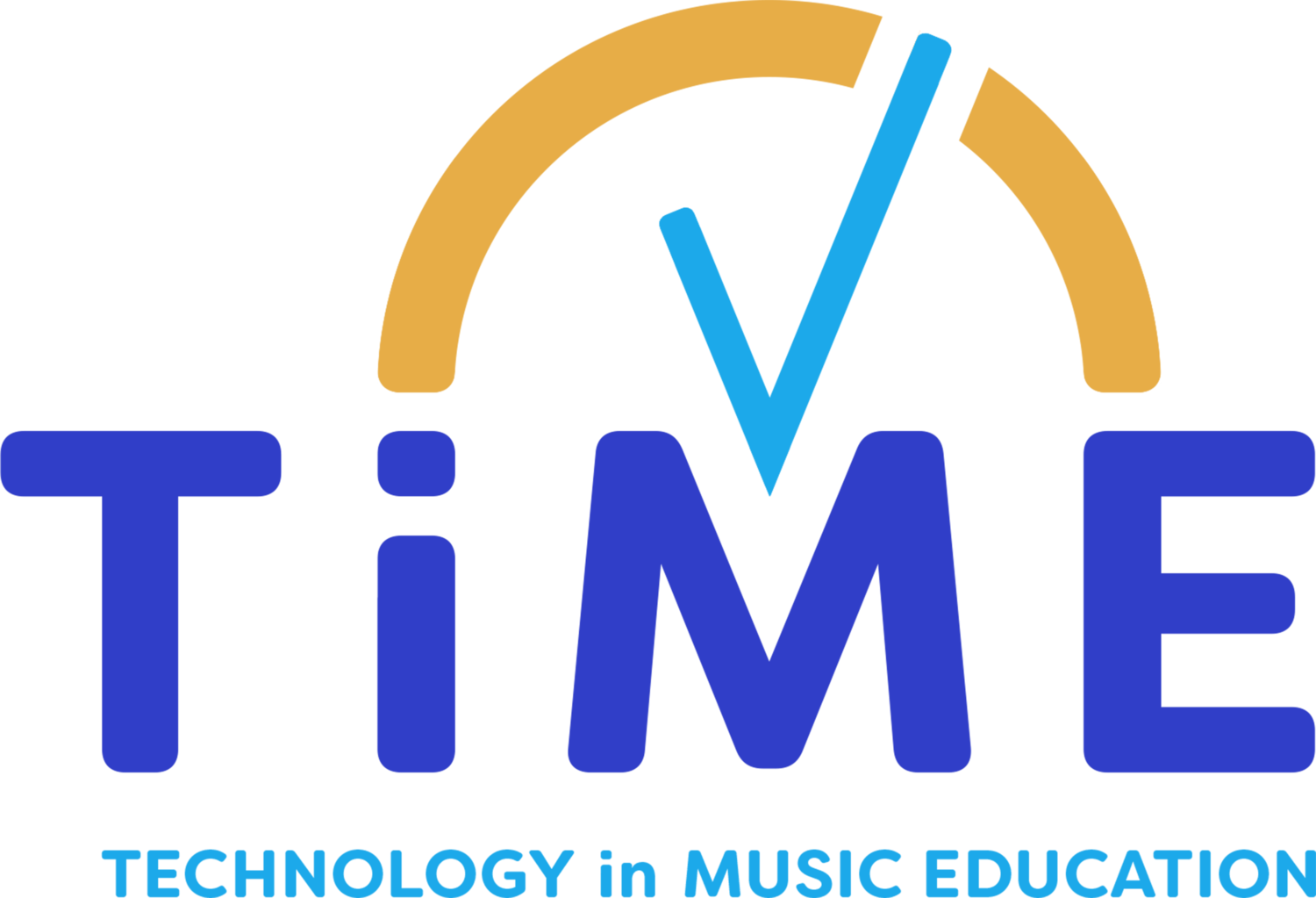The majority of electronic musical products are now digital rather than analogue, much to the chagrin of many purists. But the digitisation of music has made things a lot more affordable. As well as more consistent in quality and, even though many will oppose the thought, better sounding.

Digital Keyboards
 Of course 20 years ago a low budget electronic keyboard sounded bad, and the leading keyboards weren’t particularly powerful. But now you can get a keyboard like the Axus AXP2 for just over £100. This sounds good and has touch sensitivity, along with built-in lessons. Or you can spend between two and three hundred on something like a Yamaha PSRE463 or a Casio WK-7600. These have better sounds and more features than a keyboard that would cost around £1000 in the late 80s or early 90s.
Of course 20 years ago a low budget electronic keyboard sounded bad, and the leading keyboards weren’t particularly powerful. But now you can get a keyboard like the Axus AXP2 for just over £100. This sounds good and has touch sensitivity, along with built-in lessons. Or you can spend between two and three hundred on something like a Yamaha PSRE463 or a Casio WK-7600. These have better sounds and more features than a keyboard that would cost around £1000 in the late 80s or early 90s.
Some of the more expensive keyboards will sound almost identical to the real instruments. As well as high quality sounds, products such as the
Yamaha PSRS975 have features such as recording capabilities, DAW integration and more voices than the average player will ever need!

Digital Amplifiers
 Similarly, things like guitar amps are largely digital now. Even some of the most expensive amplifiers now will be entirely digital and can cost into the thousands. Even as recently as 10 years ago, digital guitar amps were considered as being only for beginners or home practice. Now, an inexpensive digital amp can have a large range of impressive sounding settings without fear of shrill overdrive or stale clean tones.
The Fender Mustang or Laney Linebacker amps are two great digital “modeling” amps. They can emulate the tones of much more expensive models at a reasonable price. Especially compared to some of the higher end amps.
Similarly, things like guitar amps are largely digital now. Even some of the most expensive amplifiers now will be entirely digital and can cost into the thousands. Even as recently as 10 years ago, digital guitar amps were considered as being only for beginners or home practice. Now, an inexpensive digital amp can have a large range of impressive sounding settings without fear of shrill overdrive or stale clean tones.
The Fender Mustang or Laney Linebacker amps are two great digital “modeling” amps. They can emulate the tones of much more expensive models at a reasonable price. Especially compared to some of the higher end amps.
The
Fender Mustang has 17 amp models with 24 presets, 12 modulation effects and 12 delay and reverb effects. A great option for someone who wants a lot of flexibility in their tone. Where t
he Laney Linebacker has 11 amp models with a few modulation effects, delay and reverb.
These modelling amps have much more variety than the older style valve amps. Which often only have one or two channels and maybe a built-in reverb tank if you're lucky.

Home recording
 Over the past 15 years home recording and music production has flourished and become more accessible than ever. Getting more and more affordable and easy to understand year after year. Gone are the days of using razor-blades to edit tape reels, or recording on one track with each musician on one take. Now, all that’s needed to record is a computer, some basic recording software and an Audio Interface of some kind. With a bit of know how you can get professional sounding recordings and production from a simple bedroom studio.
The majority of audio interfaces allow you to plug in a microphone, line-in signal (for example, a guitar, bass or keyboard audio output) or MIDI signal.
The Yamaha AG03 Mixers are ideal to be used as an interface for a home studio. Having a small footprint and coming with Cubase AI software are great additions to an already appealing interface. On top of this you can use them as live mixing desks.
Over the past 15 years home recording and music production has flourished and become more accessible than ever. Getting more and more affordable and easy to understand year after year. Gone are the days of using razor-blades to edit tape reels, or recording on one track with each musician on one take. Now, all that’s needed to record is a computer, some basic recording software and an Audio Interface of some kind. With a bit of know how you can get professional sounding recordings and production from a simple bedroom studio.
The majority of audio interfaces allow you to plug in a microphone, line-in signal (for example, a guitar, bass or keyboard audio output) or MIDI signal.
The Yamaha AG03 Mixers are ideal to be used as an interface for a home studio. Having a small footprint and coming with Cubase AI software are great additions to an already appealing interface. On top of this you can use them as live mixing desks.

Music Production
 Regarding music production, no longer do you need a plethora of synths, keyboards and instruments to record or perform these sounds. With some software synths, or sampled instrument plugins, you can get the sounds of what would have been thousands of pounds worth of equipment even as recently as 20 years ago.
You can trigger these sounds with a MIDI controller, which generally acts as a keyboard that can be played to activate these sounds. Even a simple, affordable USB controller such as the Alesis Q49 can suffice. Though you may want more control or full sized keys, or even weighted keys on your controller. The Alesis VI61 Controller is a good example of a MIDI controller with some more high end features. Some MIDI controllers utilise pads, either alongside the keyboard, or as the entire unit. You can use these pads to control things like drum sounds, or to playback samples. This can be much more intuitive if you aren't as familiar with a standard piano-roll keyboard.
Regarding music production, no longer do you need a plethora of synths, keyboards and instruments to record or perform these sounds. With some software synths, or sampled instrument plugins, you can get the sounds of what would have been thousands of pounds worth of equipment even as recently as 20 years ago.
You can trigger these sounds with a MIDI controller, which generally acts as a keyboard that can be played to activate these sounds. Even a simple, affordable USB controller such as the Alesis Q49 can suffice. Though you may want more control or full sized keys, or even weighted keys on your controller. The Alesis VI61 Controller is a good example of a MIDI controller with some more high end features. Some MIDI controllers utilise pads, either alongside the keyboard, or as the entire unit. You can use these pads to control things like drum sounds, or to playback samples. This can be much more intuitive if you aren't as familiar with a standard piano-roll keyboard.
 Of course 20 years ago a low budget electronic keyboard sounded bad, and the leading keyboards weren’t particularly powerful. But now you can get a keyboard like the Axus AXP2 for just over £100. This sounds good and has touch sensitivity, along with built-in lessons. Or you can spend between two and three hundred on something like a Yamaha PSRE463 or a Casio WK-7600. These have better sounds and more features than a keyboard that would cost around £1000 in the late 80s or early 90s.
Some of the more expensive keyboards will sound almost identical to the real instruments. As well as high quality sounds, products such as the Yamaha PSRS975 have features such as recording capabilities, DAW integration and more voices than the average player will ever need!
Of course 20 years ago a low budget electronic keyboard sounded bad, and the leading keyboards weren’t particularly powerful. But now you can get a keyboard like the Axus AXP2 for just over £100. This sounds good and has touch sensitivity, along with built-in lessons. Or you can spend between two and three hundred on something like a Yamaha PSRE463 or a Casio WK-7600. These have better sounds and more features than a keyboard that would cost around £1000 in the late 80s or early 90s.
Some of the more expensive keyboards will sound almost identical to the real instruments. As well as high quality sounds, products such as the Yamaha PSRS975 have features such as recording capabilities, DAW integration and more voices than the average player will ever need!
 Similarly, things like guitar amps are largely digital now. Even some of the most expensive amplifiers now will be entirely digital and can cost into the thousands. Even as recently as 10 years ago, digital guitar amps were considered as being only for beginners or home practice. Now, an inexpensive digital amp can have a large range of impressive sounding settings without fear of shrill overdrive or stale clean tones.
The Fender Mustang or Laney Linebacker amps are two great digital “modeling” amps. They can emulate the tones of much more expensive models at a reasonable price. Especially compared to some of the higher end amps.
The Fender Mustang has 17 amp models with 24 presets, 12 modulation effects and 12 delay and reverb effects. A great option for someone who wants a lot of flexibility in their tone. Where the Laney Linebacker has 11 amp models with a few modulation effects, delay and reverb.
These modelling amps have much more variety than the older style valve amps. Which often only have one or two channels and maybe a built-in reverb tank if you're lucky.
Similarly, things like guitar amps are largely digital now. Even some of the most expensive amplifiers now will be entirely digital and can cost into the thousands. Even as recently as 10 years ago, digital guitar amps were considered as being only for beginners or home practice. Now, an inexpensive digital amp can have a large range of impressive sounding settings without fear of shrill overdrive or stale clean tones.
The Fender Mustang or Laney Linebacker amps are two great digital “modeling” amps. They can emulate the tones of much more expensive models at a reasonable price. Especially compared to some of the higher end amps.
The Fender Mustang has 17 amp models with 24 presets, 12 modulation effects and 12 delay and reverb effects. A great option for someone who wants a lot of flexibility in their tone. Where the Laney Linebacker has 11 amp models with a few modulation effects, delay and reverb.
These modelling amps have much more variety than the older style valve amps. Which often only have one or two channels and maybe a built-in reverb tank if you're lucky.
 Over the past 15 years home recording and music production has flourished and become more accessible than ever. Getting more and more affordable and easy to understand year after year. Gone are the days of using razor-blades to edit tape reels, or recording on one track with each musician on one take. Now, all that’s needed to record is a computer, some basic recording software and an Audio Interface of some kind. With a bit of know how you can get professional sounding recordings and production from a simple bedroom studio.
The majority of audio interfaces allow you to plug in a microphone, line-in signal (for example, a guitar, bass or keyboard audio output) or MIDI signal.
The Yamaha AG03 Mixers are ideal to be used as an interface for a home studio. Having a small footprint and coming with Cubase AI software are great additions to an already appealing interface. On top of this you can use them as live mixing desks.
Over the past 15 years home recording and music production has flourished and become more accessible than ever. Getting more and more affordable and easy to understand year after year. Gone are the days of using razor-blades to edit tape reels, or recording on one track with each musician on one take. Now, all that’s needed to record is a computer, some basic recording software and an Audio Interface of some kind. With a bit of know how you can get professional sounding recordings and production from a simple bedroom studio.
The majority of audio interfaces allow you to plug in a microphone, line-in signal (for example, a guitar, bass or keyboard audio output) or MIDI signal.
The Yamaha AG03 Mixers are ideal to be used as an interface for a home studio. Having a small footprint and coming with Cubase AI software are great additions to an already appealing interface. On top of this you can use them as live mixing desks.
 Regarding music production, no longer do you need a plethora of synths, keyboards and instruments to record or perform these sounds. With some software synths, or sampled instrument plugins, you can get the sounds of what would have been thousands of pounds worth of equipment even as recently as 20 years ago.
You can trigger these sounds with a MIDI controller, which generally acts as a keyboard that can be played to activate these sounds. Even a simple, affordable USB controller such as the Alesis Q49 can suffice. Though you may want more control or full sized keys, or even weighted keys on your controller. The Alesis VI61 Controller is a good example of a MIDI controller with some more high end features. Some MIDI controllers utilise pads, either alongside the keyboard, or as the entire unit. You can use these pads to control things like drum sounds, or to playback samples. This can be much more intuitive if you aren't as familiar with a standard piano-roll keyboard.
Regarding music production, no longer do you need a plethora of synths, keyboards and instruments to record or perform these sounds. With some software synths, or sampled instrument plugins, you can get the sounds of what would have been thousands of pounds worth of equipment even as recently as 20 years ago.
You can trigger these sounds with a MIDI controller, which generally acts as a keyboard that can be played to activate these sounds. Even a simple, affordable USB controller such as the Alesis Q49 can suffice. Though you may want more control or full sized keys, or even weighted keys on your controller. The Alesis VI61 Controller is a good example of a MIDI controller with some more high end features. Some MIDI controllers utilise pads, either alongside the keyboard, or as the entire unit. You can use these pads to control things like drum sounds, or to playback samples. This can be much more intuitive if you aren't as familiar with a standard piano-roll keyboard.


















